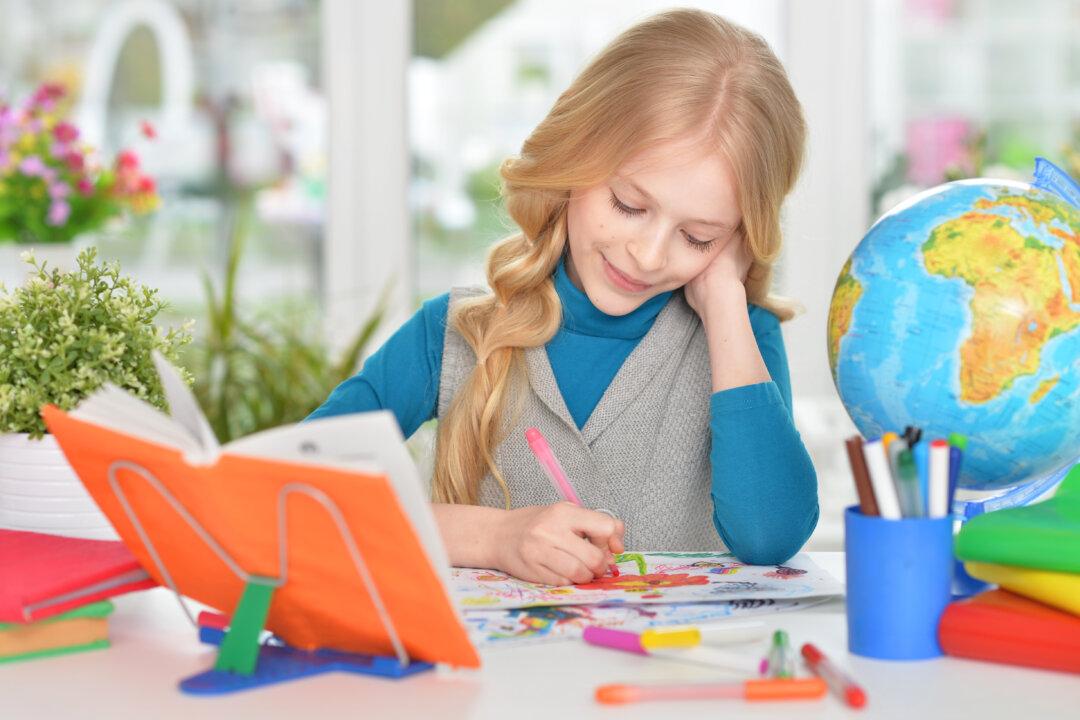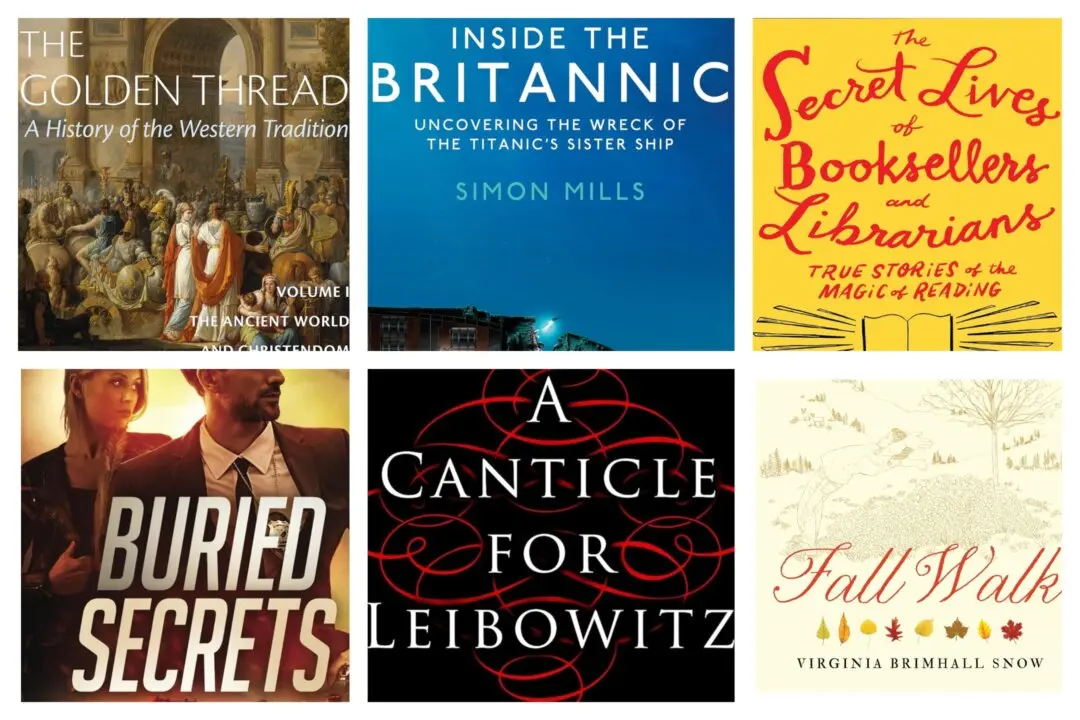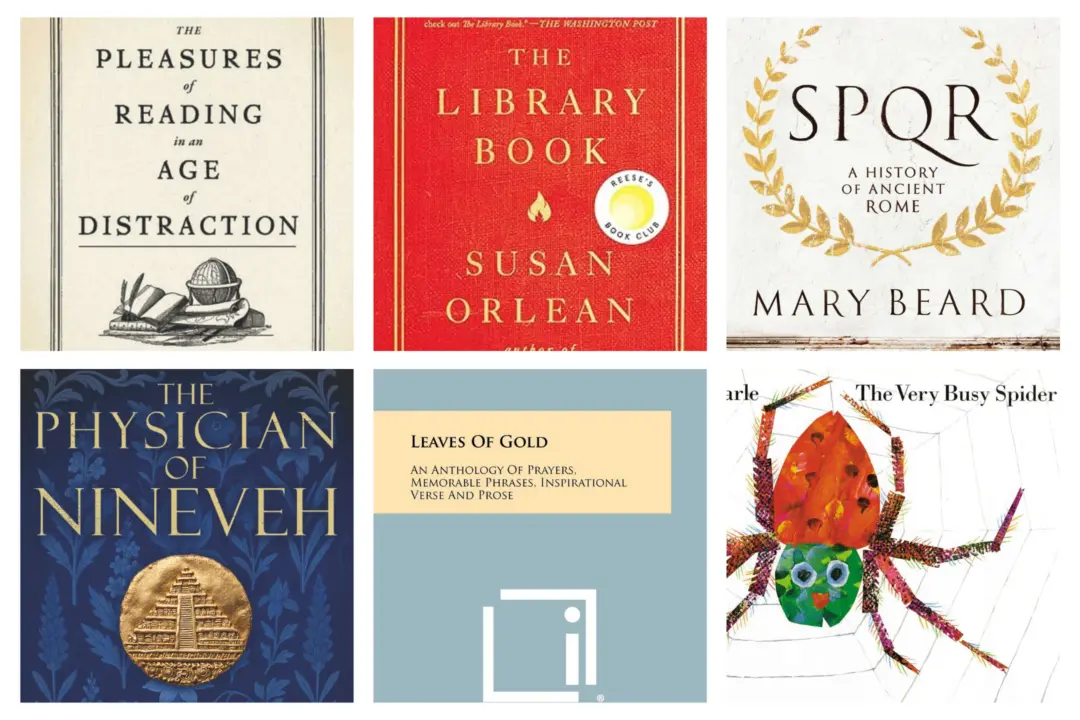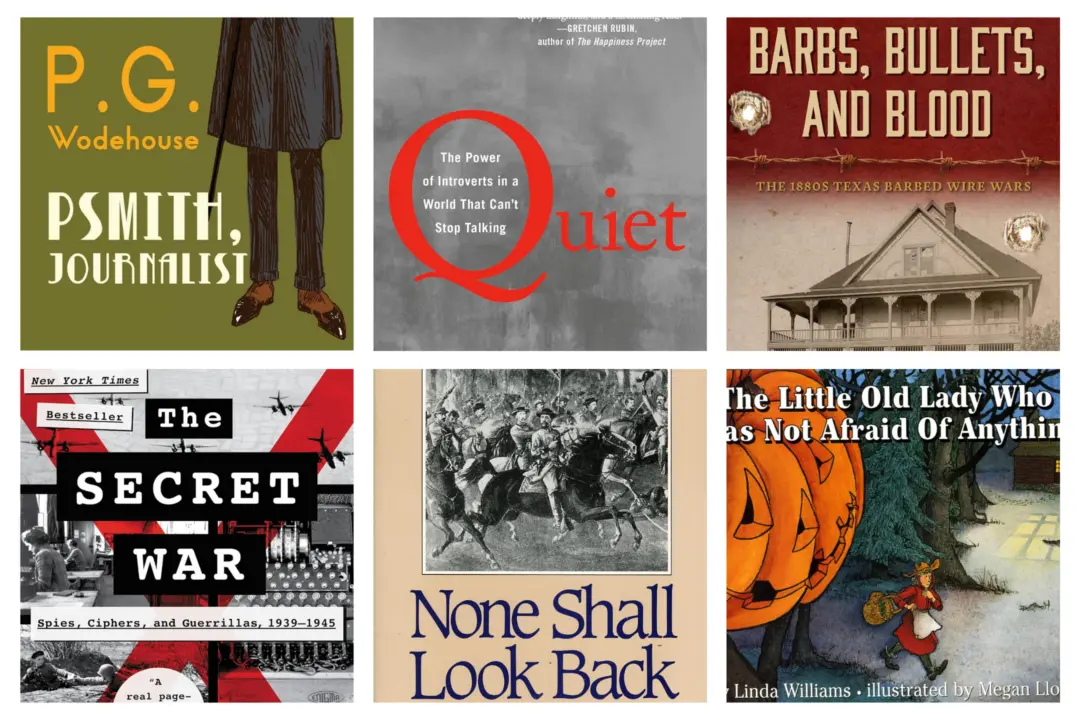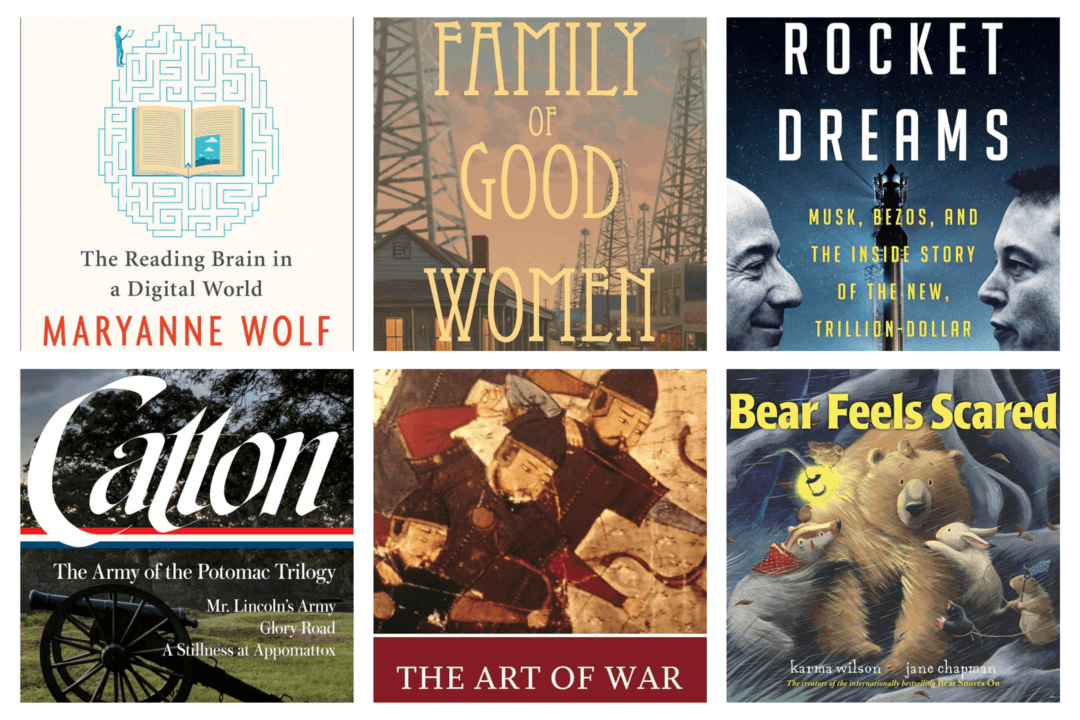While filling your house up with stuff is generally not something I advocate, there are some things worth keeping—things that can improve the educational quality of your home environment for your children. Simply by making these things available to your kids, you may see a decrease in screen time, an increase in reading and creativity, and a more frequent display of that internal spark that lights them up inside.
With summer break around the corner, now’s a great time to stock up on these fundamental learning tools.

